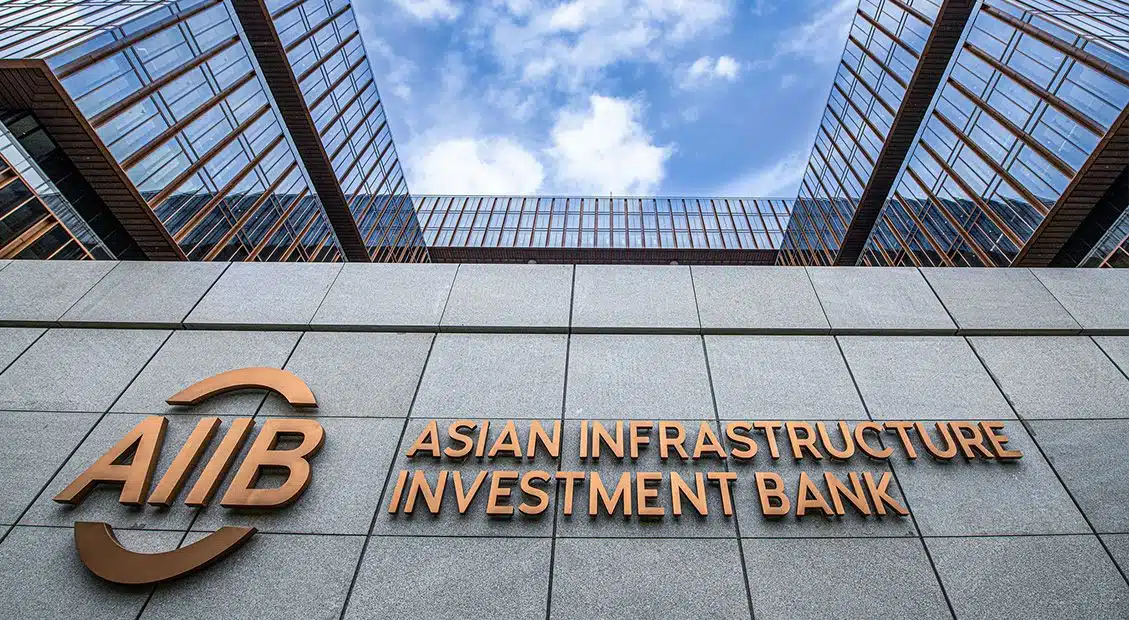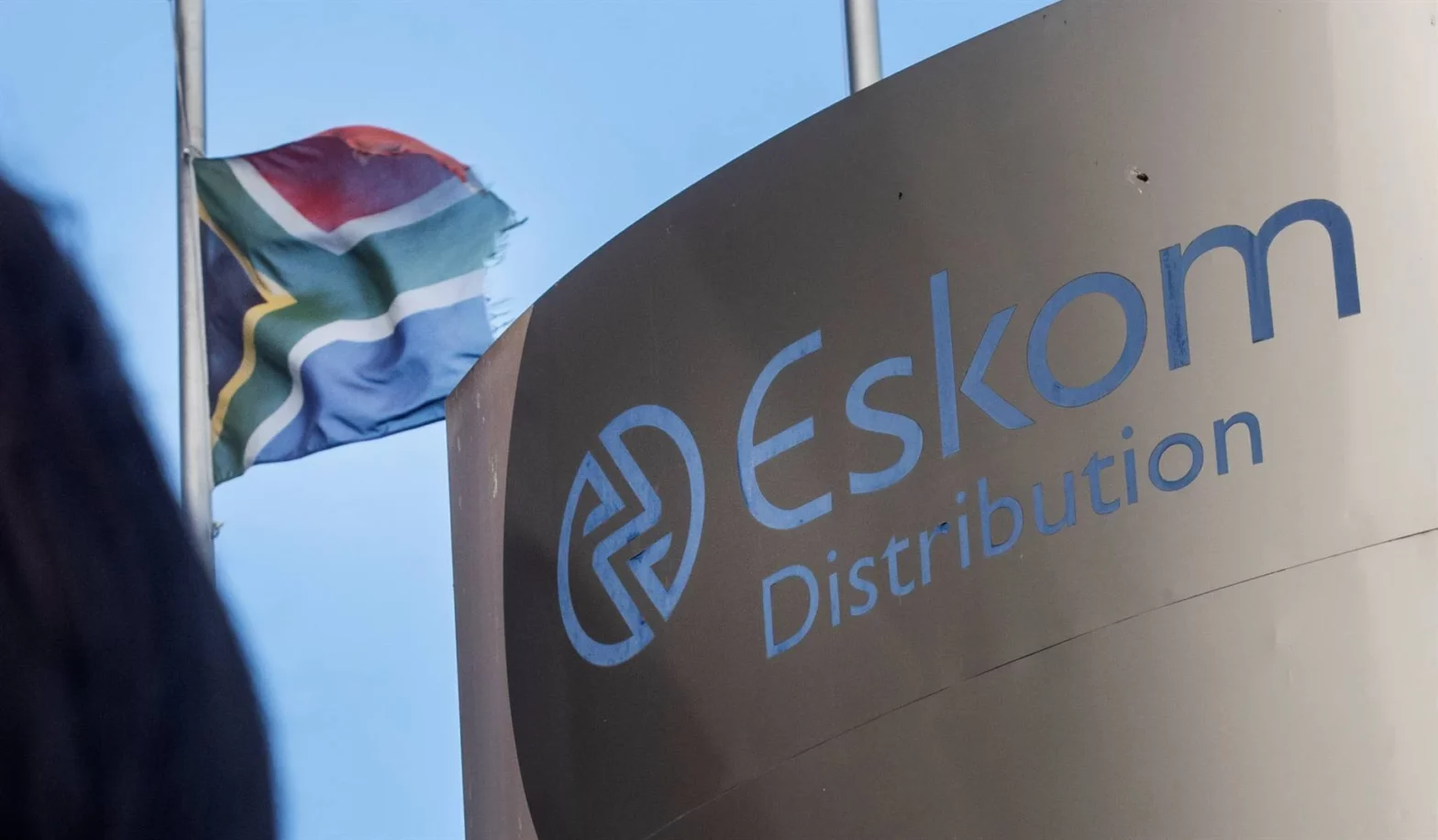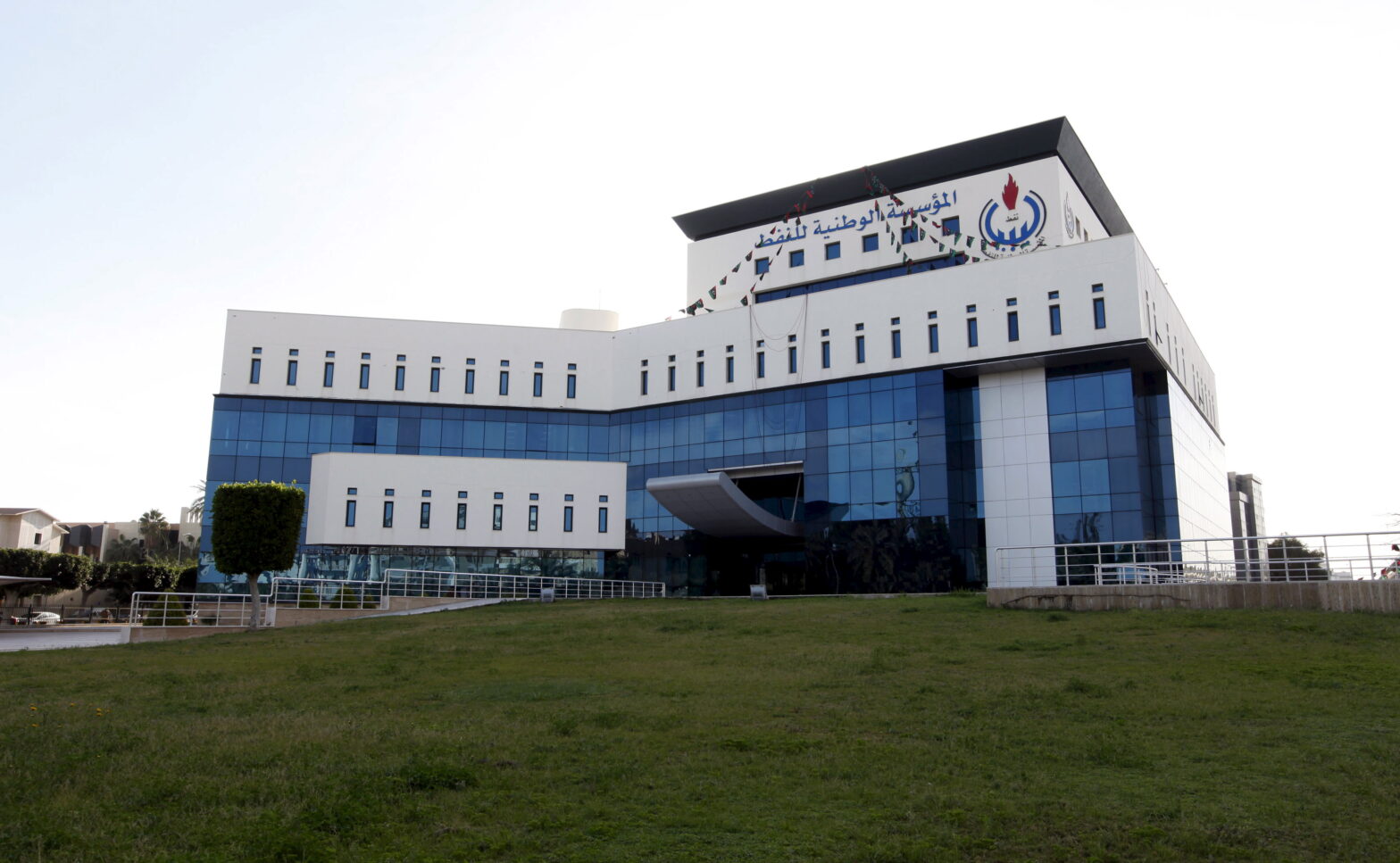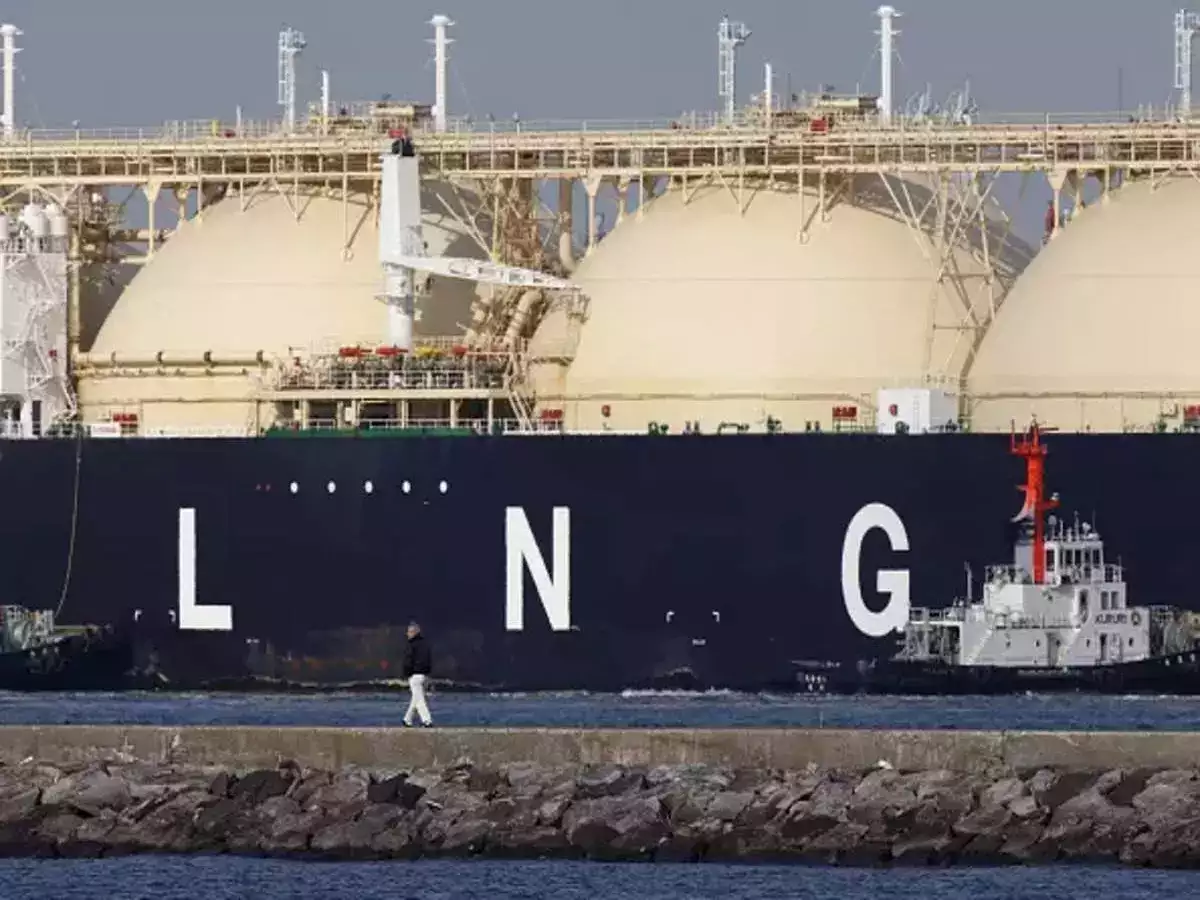Renewable energy company EDF Renewables has commissioned the main transmission substation (MTS), which connects 1.5 GW of renewable energy to the South Africa national grid.
The substation is the first-ever Independent Power Producer (IPP) built substation.
Located in the Northern Cape near Noupoort, the Koruson 400/132 kV substation is integrated into an existing 400 kV overhead line and will enable the connection of surrounding renewable energy farms, primarily wind and solar, to the national grid operated by Eskom.
This supports South Africa’s efforts to address its chronic energy shortages. This achievement underscores the growing role of IPPs in modernizing Africa’s energy infrastructure.
A first for South Africa’s energy transition
This is the first time an IPP has constructed a substation that is fully integrated into Eskom’s transmission infrastructure. Previously, substations connecting IPP projects were built and operated by Eskom.
This project also adds to South Africa’s plan to boost renewable energy annually.
“This is the first greenfield substation in over seven years and the first fully self-built and commissioned by an IPP,” said Tshepo Tshivhasa, EDF Renewables’ Head of Grid Engineering.
The facility incorporates advanced Phase 6 protection, control, and automation schemes, some developed specifically for this project, to enhance operational reliability and efficiency.
Phase 1 will see the Koruson 1 project connect three wind energy facilities, totaling 420 MW, to the national grid.
In Phase 2, the neighboring Envusa Energy Koruson 2 project will connect two wind energy facilities and a solar farm, totaling 520 MW, to the grid.
Each facility features a distribution network of 132kv overhead lines and switching stations.
The project was developed in collaboration with local BEE partners H1 Holdings, engineering consulting company Gibb-Crede, and a community trust.
The substation supports the Koruson 1 cluster—three wind farms with a combined 420 MW capacity, part of South Africa’s Renewable Energy Independent Power Producer Procurement Programme (REIPPPP), particularly its fifth round.
Strategic Importance for South Africa’s Energy
South Africa faces an energy deficit estimated at 14.4 terawatt-hours in 2023, exacerbated by aging coal plants and insufficient grid capacity.
In the bid to reduce coal dependency, South Africa set up a renewable energy master plan, which was recently approved in April 2025.
The Koruson substation addresses these challenges by enabling the rapid deployment of renewable energy to achieve carbon neutrality by 2050.
It also sets a precedent for IPP-driven infrastructure projects across Africa, as private sector involvement is increasingly vital to meet growing electricity demand.
“This landmark project sets a new precedent for IPP-driven grid infrastructure in South Africa,” said Tristan de Drouas, CEO of EDF Renewables.
This commissioning reflects EDF Renewables’ broader commitment to South Africa, where it is constructing 1.2 GW of wind, solar, and battery storage capacity.
Projects like the Umoyilanga hybrid plant demonstrate innovative approaches to grid reliability, combining multiple energy sources to ensure a consistent power supply.










